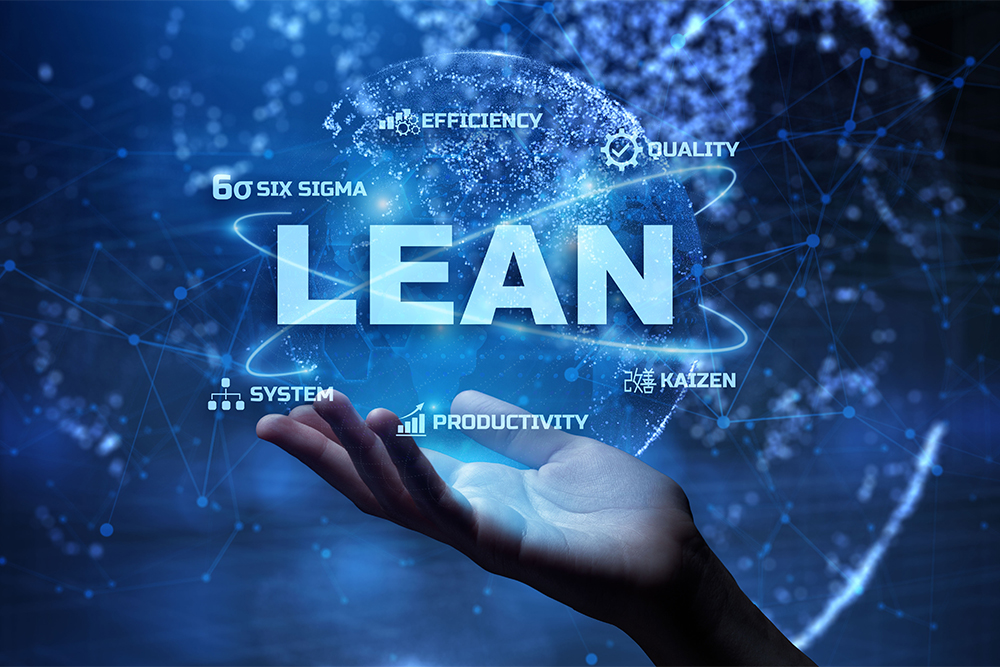
The implementation of systems and/or management processes promotes better human resources management. Favors greater integration and alignment on the development of the company and workers. Provides mutual satisfaction between the company and employees. Consolidates the values, mission, vision and practices of the organization.
The context of the company and its business is always considered in the design and implementation of deployments and organizational development, combining practices of the company and intended results.
Human resources management system, including the following processes:
• Recruitment & selection and integration;
• Performance assessment;
• Organizational development/ training;
• Career & succession;
• Payment;
• Preparation for retirement and termination.
“in company” coaching
marQ provides in company coaching, helping companies to achieve their results.
A mapping of the current situation is performed, based on people, processes and systems, also taking into account the company´s environment and culture.
Based on the expected results the training plan is developed. At the end of the process we provide the certification and the final evaluation report of the participants, for both training and instructors.
Experiential coaching: we conduct playful training, through which in a relaxed way, we transmit the concepts that will be used on a daily basis

Some available coaching
• Auditors training
• Interpretation of ISO standards
• Quality Tools
• HR – Leadership development and team building.
In addition, we also develop other coaching, according to the customer needs, comprising also the following standards:
Quality
– ISO 20000 IT Service Management
– ISO 9001 Quality Management;
– ISO IEC 17025 Quality Management in Laboratories;
– ISO TS 16949 Quality Management for Automotive Production;
– ISO 13485 Quality Management for Medical Devices;
– PBQP-H Quality Management in Building;
• ISO 14001 Environmental Management System;
• OHSAS 18001 Occupational Health and Safety;
• SA 8000 e NBR 16001 Social Responsibility in the Workplace;
• NBR ISO 26000 Social Responsibility in the Workplace;
• ISO 22000 Food Safety;
• ISO 27001 Information Security;
• ISO 50001 Energy Management System;
• NBR 14790 Custody Chain CERFLOR;
• FSC Custody Chain..
Lean Six Sigma

It is a management strategy that is growing and developing widely in all business sectors, focusing on quality improvements in processes, products and services.
Aims to achieve, sustain and maximize business success, driven by close understanding of customer needs, uses facts, data analysis, statistical analysis, and diligent attention to management system.
The implementation of Lean Manufacturing, focused on improving the speed of processes and cycle time reduction, together with Six Sigma, shaped methodology to problem solving that uses statistical tools to reduce variance, allows companies to find unexplored opportunities and financial earnings.
An initial diagnosis of the current situation is performed (can be face to face) and a deployment plan is presented. The awareness and agreement of the senior management of the company is fundamental at this point. Professionals with appropriated profile are selected and trained by experienced professionals applying specific tools.
Supply Chain Management
The improvement on efficiency of production processes of goods and services in a company is one of the most important coefficients for the company success and survival on the contemporary scene. With this aim, it is essential to build a sustainable, balanced and competitive supply chain.
Through the analysis of the company’s value chain, its current process of contracting services and purchase of supply, and the situation of the supply areas’ key indicators, we evaluate with the customer if the performance takes place in an efficient and sustainable way.
The analysis of industry best practices in supply chain management process, allied to the Lean Six Sigma principles, allows companies to build a network that produces sustainable and tangible results for its value chain.
Among the benefits achieved through this methodology we emphasize: improvement on resources allocation, reduction on transportation and storage costs, higher efficiency of the production process, reduction on operational planning cycles and increase in service level.

Corporate Governance

The corporate governance is a set of processes, rules, policies and laws used to run a company. It has multiple approaches, aiming to ensure the strategic management and effective monitoring of a business. Its main focus is to vouch that employees, stakeholders and investors are attending to the pre-agreed business conduct guidelines.
The company engaged in corporate governance, guarantee success in its financial performance, ensuring the sustainability. Goes beyond financial administration, as it involves the organization’s attitude and behavior before the market and its investors.
With the Corporate Governance, companies assume a market positioning as a company that operates transparently, with equitable treatment of shareholders and wide accountability, thus attracting the confidence of investors and financial gains for the company.
An internal diagnosis of the organization is made, aiming to identify its capacity to generate business value. In order to strengthen the image and trust of the company in the Market, we offer a proposal of a Corporate Governance model, customized to the company’s profile.
Marketing – Mystery Shopper
The mystery customer is an audit technique for product/services, in which the auditors, acting as customers, evaluate the services and products offered by the company.
This work is performed in three steps

Consulting:
According to company’s interests and its position in the market, we list the elements that add value to its products/services, stablishing objective questions organized by categories, and determine criteria for its evaluation. We coach experienced professionals to conduct the audits.
Auditing:
First Step: The auditor goes to the company acting as customer to evaluate all front office services available to a regular customer.
Second Step: The auditor identifies himself for the manager, and working together with him, evaluates the back office services, the ones that the customer doesn’t usually have access to. Also evaluates the attendance to the standards and regulations of the sector.
Data Analysis:
All data collected during the auditing and consulting in all network establishments are tabulated and statistically analyzed, in order to set priorities and strategies to treat the observed points. If it is something positive, focusing on strengthen the actions, and if negative focusing on the corrective actions to eliminate the possibility of future issues.

